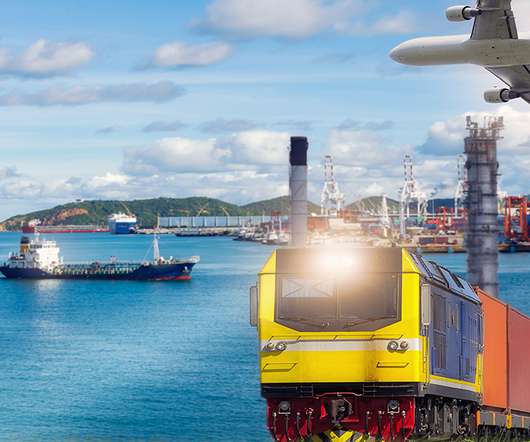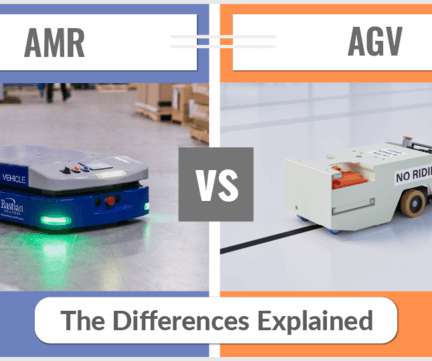5 Tips For Improving Your Warehouse And Distribution Process
3PL Links
SEPTEMBER 5, 2016
Improving your warehouse and distribution process isn’t necessarily as easy as it might sound since any course of action needs to take into account variables such as your products, staffing levels, scheduling and third-party vendors. The first tip is definitely a game changer. Automation. Mind Your Metrics. Get Employees Involved.




















Let's personalize your content